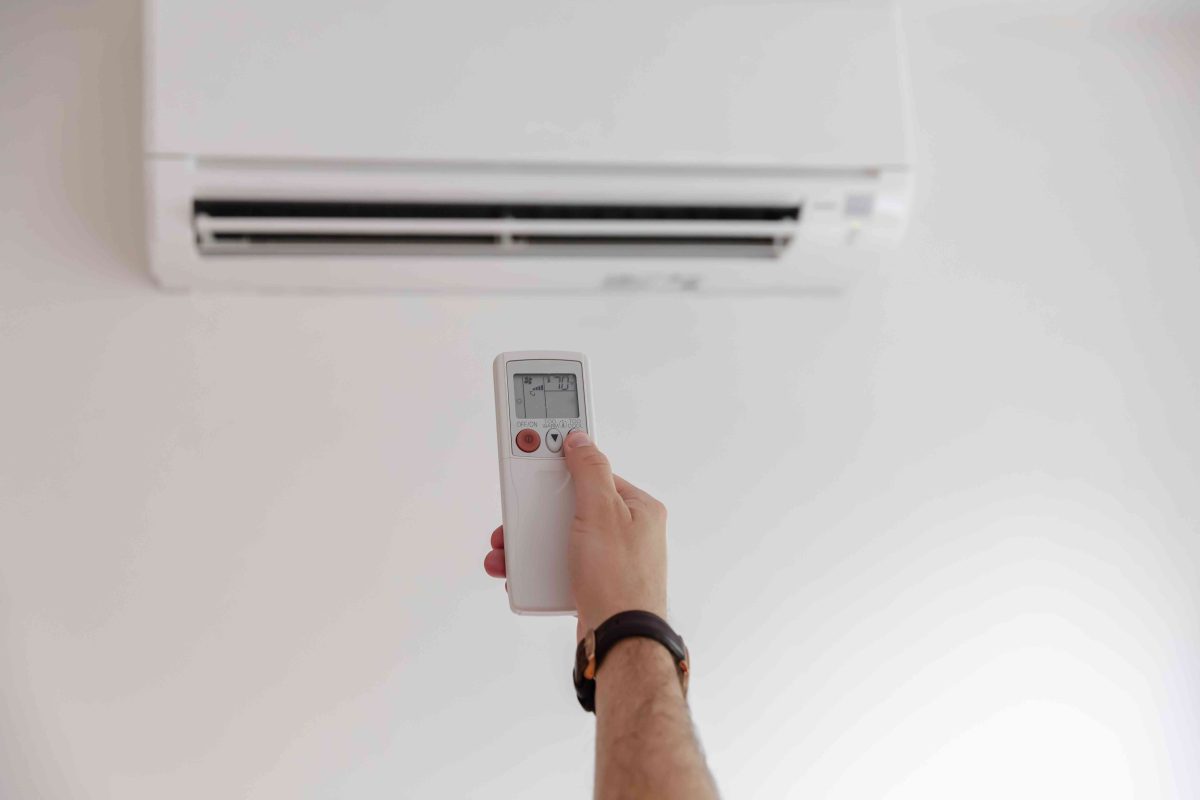Central air conditioners are more efficient than room air conditioners. In addition, they are out of the way, quiet, and convenient to operate. To save energy and money, you should try to buy an energy-efficient air conditioner and reduce your central air conditioner’s energy use. In an average size home, air conditioning consumes more than 2,000 kilowatt-hours of electricity per year, causing power plants to emit about 3,500 pounds of carbon dioxide and 31 pounds of sulfur dioxide.
If you are considering adding central air conditioning to your home, the deciding factor may be the need for ductwork.
The most efficient air conditioners use 30% to 50% less energy to produce the same amount of cooling as air conditioners made in the mid 1970s. Even if your air conditioner is only 10 years old, you may save 20% to 40% of your cooling energy costs by replacing it with a newer, more efficient model.
Proper sizing and installation are key elements in determining air conditioner efficiency. Too large a unit will not adequately remove humidity. Too small a unit will not be able to attain a comfortable temperature on the hottest days. Improper unit location, lack of insulation, and improper duct installation can greatly diminish efficiency.
When buying an air conditioner, look for a model with a high efficiency. Central air conditioners are rated according to their seasonal energy efficiency ratio (SEER). SEER indicates the relative amount of energy needed to provide a specific cooling output. Many newer systems have SEER ratings as high as 26.
If your air conditioner is old, consider buying an energy-efficient model. Look for the ENERGY STAR® and EnergyGuide labels — qualified central units are about 15% more efficient than standard models. New residential central air conditioner standards went into effect on January 1, 2015; see the efficiency standards for central air conditioners for details, and consider purchasing a system with a higher SEER than the minimum for greater savings.
The standards do not require you to change your existing central air conditioning units, and replacement parts and services should still be available for your home’s systems. The “lifespan” of a central air conditioner is about 15 to 20 years. Manufacturers typically continue to support existing equipment by making replacement parts available and honoring maintenance contracts after the new standard goes into effect.
Other features to look for when buying an air conditioner include:
- A variable speed air conditioning system
- A unit that operates quietly
- A filter check light to remind you to check the filter after a predetermined number of operating hours
- An automatic-delay fan switch to turn off the fan a few minutes after the compressor turns off
